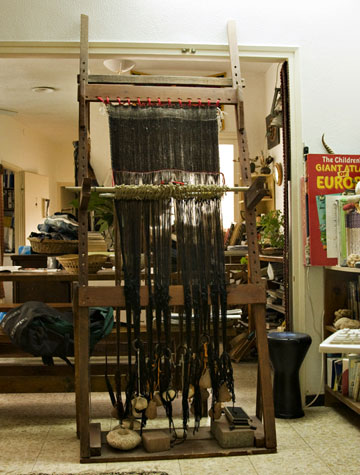I'm on a field trip for the next few days! I am north of Ashkelon visiting different archaeological sites. Today I was in Caesarea and saw this beautiful mosaic floor. Check it out:
Junior Archaeologist Assignment
Can you find mosaics in your community? Are they floors? walls? public art? Take a picture and send them to me at nmoos@cps.edu
Question of the Day (actually, today there are 2 questions!)
Why do you think we have not found floors like this in Ashkelon? and Using what you have learned about why people decorate objects with different pictures, why do you think the floors here include pictures of people and animals?
Update
on 2012-07-15 13:43 by Nichole Moos
Hi Smart Class!
I am back in Ashkelon now. I went to north Israel for 3 days last week and south Israel for 2 days, and the temperature was about 95-100 degrees each day. Today is the hottest day it has been in Israel all year; it's over 100 degrees. I heard it has been really hot in Chicago, just like it is here!
I drove to the towns I visited on my field trip. The places I visited were: Nazareth, Tiberias, Ban'ias, Capernaum, Jerusalem, the Dead Sea, and Ein Gedi. I learned LOTS and have many things to share with you.
I talked with Ms. Tracy about the mosaic floors I saw in Caesarea and she said the fancy name for what they are made of is tessera. Tessera can be marble, glass, stone, or ceramic. So, the floors I saw were made of all of those different materials. What were the mosaics you found made of?

















